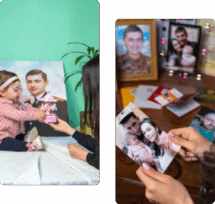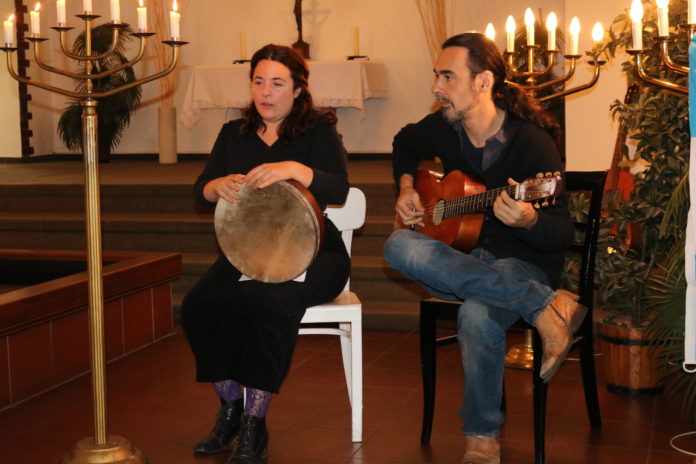BERLIN — The Armenian Genocide was not only Armenian; what unfolded in the Ottoman Empire in 1915 and continued for years was a genocide perpetrated by the Young Turk regime against Christian communities. The Promotional Society for the Ecumenical Monuments for Genocide Victims of the Ottoman Empire (FÖGG) has always stressed this fact, which its Altars of Remembrance in the Evangelical Luisenkirchhof in Berlin bear witness to. (See https://mirrorspectator.com/2018/09/27/ecumenical-days-of-remembrance-in-berlin/) There on the site of the church cemetery in Berlin-Charlottenburg are three altars commemorating the victims of the genocide, Armenians, Pontic Greeks and Aramaeans. (See https://mirrorspectator.com/2018/03/01ecumenical-altars-remembrance-berlin/)
The FÖGG organizes events every year to honor the memory of the victims, on dates that are associated with the single communities. In late April, it is the Armenians, in May, the Greeks. And it honors the memory of all in an ecumenical spirit. On September 7, in the context of the Day of the Open Monument 2019, the FÖGG organized a tour through the ecumenical altars and on September 8, a solemn ceremony. Among the honored guests were Greek Consul Andreas Spyropoulos; Archimandrite Emmanuel Sfiatkos, Priest of the Greek Orthodox Parish Ascension of Christ; Panagiotis Matlis, President of the Hellenic Community in Berlin; Konstadinos Kunduras, President of the Society of the Thracians; Amill Gorgis, Syrian Orthodox Chairman of FÖGG, and others.

Dr. Tessa Hofmann, president of the FÖGG, led participants and guests through the commemoration, with an account of the historical events, interspersed with readings of selections from memoirs written by survivors. “This year 2019,” she said, “is the centenary of the commemoration of the extermination of Greek Orthodox Christians in the Pontus region.” Just four months earlier, on May 19, they had gathered to honor them at the same Berlin site.
“But the extermination of the Pontic Greeks,” she continued, “is only one aspect of a vast state crime. We call it the extermination of the indigenous Christians in the Ottoman territory. The Ottoman Greeks had been victims since the Balkan wars. Economic boycott measures, forced resettlements, repeated local and regional massacres of the elites, as well as massacres of unarmed civilians went on for a decade. The capture of the defenseless Ionian port city of Smyrna in September 1922 by Turkish nationalists, or Kemalists, marked the end of this process, which must be designated as the de-Christianization of Asia Minor. Commemorating Smyrna serves a retrospective view of all the victims of the state crimes of the Ottoman Empire.”
After a moment of silence in memory of the victims, Hellenic Community President Matlis greeted the gathering. A folk song, It is too Early to Rise, was performed by Fotis Giselis on the bouzouki and Maritina Buntspecht on the guitar. The song comes from Vurla in Erithrea and relates the story of the lost homeland, especially of the city Alatsata, which had been inhabited only by Greeks until 1922.

Hofmann picked up the threads of the story: “The Holocaust of Smyrna,” she said, “as the burning of this city is known, has come to be a permanent memorial site in world literature, thanks above all to Jeffrey Eugenides and Aris Fioretos, authors of Greek extraction. Greek-speaking readers and Greeks who have grown up in Greece,” she noted, “are more familiar with Elias Venezis and Dido Sotiriou. Both came from Asia Minor and introduced their autobiographical experiences with flight and expulsion to a broad public.”









